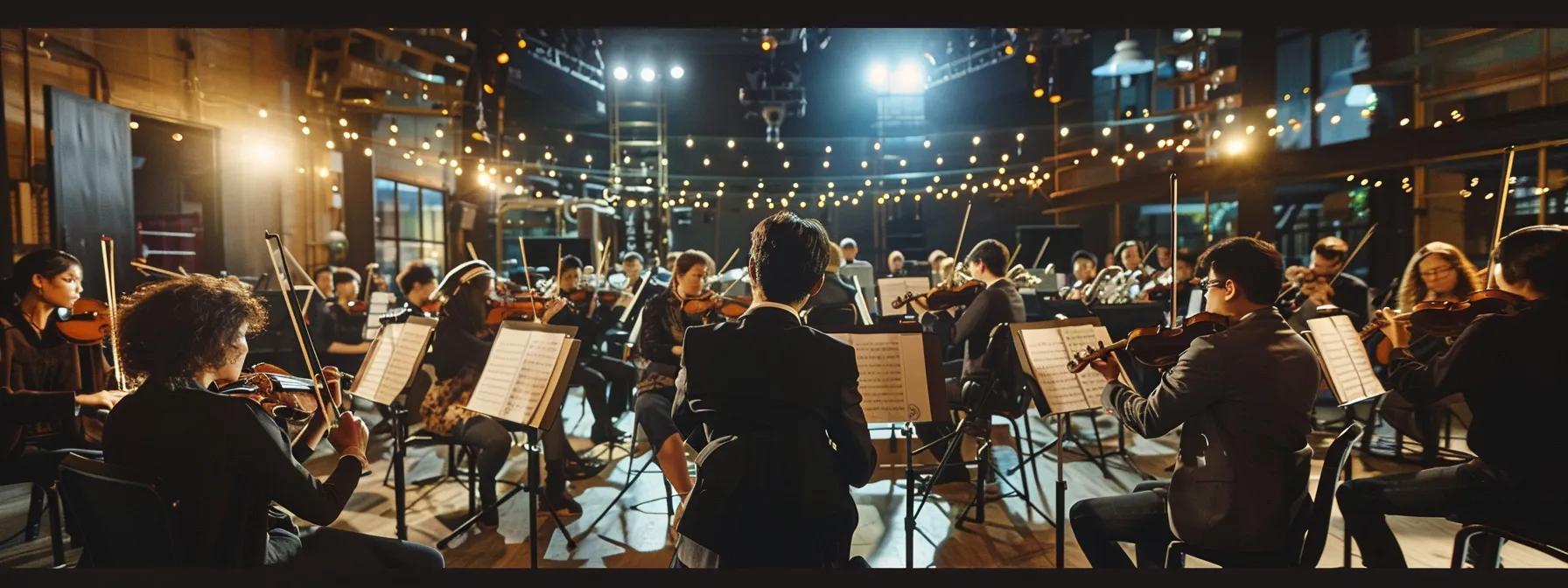How Joining a Community Orchestra Enhances Musical Skills


Sharpen Sight-Reading Abilities in Ensemble Settings
Regular practice in group readings, such as community orchestra sessions, improves your speed and accuracy with musical notation. Joint rehearsals, reminiscent of the peoples show choir’s approach, foster quick interpretation and enhance your ability to read unfamiliar scores accurately during performances.
Improve Intonation and Rhythmic Accuracy Playing With Others
Collaborating with peers refines your pitch and timing, much like when you join community orchestra. Listening closely in ensemble settings, as in the people’s orchestra, forces you to match articulation and rhythm precisely with others, thereby elevating overall musical coherence and performance standards.
Advance Your Instrumental Technique With Varied Repertoire
Exploring diverse pieces, much like performances by the people’s orchestra, expands your technical abilities. Encountering different musical styles, as showcased by the rusty players orchestra, pushes you to modify techniques and adapt fingerings, thus building a more versatile and sophisticated instrumental skill set.
Develop Dynamic Control and Articulation Within a Section
Group practice emphasizes the subtle nuances of dynamics and articulation. Learning to balance sound levels within your section cultivates refined expression and precision, enhancing your overall technical proficiency in performance.
Master Ensemble Playing for Cohesive Performances

Cultivate Active Listening Skills for Group Synchronization
Actively listening to fellow musicians ensures your timing and inflection blend harmoniously. This elevated awareness facilitates quick adjustments, leading to better synchronization and a more unified overall sound during performances.
Achieve Balance and Blend With Fellow Orchestra Members
Playing in an ensemble requires careful balance of volume and tone so every instrument contributes without overpowering others. This collaboration fosters mutual awareness and creates a richer, blended musical texture throughout the performance.
Learn to Follow a Conductor for Unified Musical Expression
Observing the conductor provides clear cues for tempo and emotion. Aligning your playing with the conductor’s gestures enhances musical unity and ensures that individual contributions merge into a powerful, cohesive performance.
Adapt Your Playing Style for Collective Musicality
Flexibility in adapting your style according to ensemble demands is key. Adjusting your tone and dynamics based on group context improves musical cohesion, resulting in a performance that is both individually skillful and collectively resonant.
Broaden Musical Knowledge and Interpretive Abilities

Encounter Diverse Musical Genres and Historical Periods
Exposure to varied genres expands your musical horizons. Engaging with classical, jazz, and contemporary repertoire deepens your understanding of different styles, enriching your interpretive ability and overall musical vocabulary.
Understand Orchestral Scores and Instrument Roles
Studying complete scores builds your comprehension of individual roles within the ensemble. Recognizing each instrument’s contribution raises your awareness of orchestral balance and supports more informed, expressive performance choices.
Deepen Your Grasp of Musical Phrasing and Expression
Analyzing phrasing sharpens your interpretive insights. Careful attention to dynamics and melodic contours enables you to convey the emotional narrative of pieces and improve the storytelling aspect of every performance you join.
Apply Music Theory Concepts in a Practical Context
Practical rehearsal allows theory to come alive. Experimenting with harmony, counterpoint, and modulation in a live setting reinforces theoretical knowledge, making your instrumental expression more informed and dynamic.
Build Confidence and Stage Presence Through Performance

Gain Regular Experience Performing for an Audience
Frequent audience-facing performances build your stage confidence. Repeated exposure to live settings helps you overcome nerves and cultivates a resilient, confident mindset essential for both solo and ensemble performances.
Learn Strategies to Manage Performance Anxiety
Techniques such as deep breathing and mental rehearsals reduce stage anxiety. Structured practices and feedback prepare you to channel nervous energy into better focus and an enhanced, polished performance on stage.
Receive Constructive Input for Continuous Musical Improvement
Regular critiques from conductors and peers help refine your skills. Constructive feedback provides targeted advice on technique, interpretation, and presence, guiding your ongoing personal and musical growth within the ensemble context.
Develop Professionalism and Concert Etiquette
Participation in frequent performances teaches essential concert manners. Learning proper stage presence, punctuality, and respectful communication fosters professionalism that significantly benefits both your musical career and collaborative team spirit.
Accelerate Aural Skills Development in an Orchestral Environment

Heighten Your Ability to Discern Pitch and Harmony
Close ensemble interaction sharpens your aural perception. Focused listening trains you to distinguish fine differences in pitch and harmonics, resulting in improved tuning and a more harmonious overall sound during rehearsals and performances.
Recognize and Internalize Complex Rhythmic Structures
Working with diverse repertoires enhances your sense of rhythm. Immersing yourself in varied rhythmic patterns and syncopations allows you to internalize timing intricacies, leading to smoother, more precise group performances under complex musical passages.
Develop a Keener Sense for Musical Textures and Timbre
Regular exposure to layered orchestral sounds refines your ear for texture. Differentiating between tonal colors improves your expressiveness, enabling you to adjust your playing style to complement the unique timbre of the ensemble effectively.
Improve Musical Memory Through Rehearsal and Repetition
Repeated practice boosts your capacity for music retention. Consistent exposure to complex pieces improves your memory for melodies, harmonies, and rhythms, ensuring you perform confidently and accurately whether rehearsed or impromptu.
Experience Comprehensive Community Orchestra Skill Development

Set and Pursue Personal Musical Advancement Goals
Joining an orchestra encourages setting clear, measurable musical targets. These goals drive your practice routines and inspire continuous progress, creating a structured pathway for personal growth and achievement within the ensemble.
Benefit From the Experience of Diverse Musicians
Collaborating with musicians of differing backgrounds enriches your skill set. Learning varied techniques and interpretations from peers broadens your musical perspective, fostering creativity and enhancing overall performance quality.
Maintain Musical Motivation With Regular Engagement
Consistent participation in rehearsals and concerts sustains your musical enthusiasm. Regular engagement in community performances reinforces commitment, ensuring you progressively build skills while enjoying the collective spirit of shared creativity.
Understand How Joining a Community Orchestra Enhances Musical Skills Overall
Active involvement in an orchestra develops comprehensive musical skills—from technical proficiency and ensemble dynamics to aural acuity and confidence. This holistic experience transforms your musicianship, fostering lifelong growth and enriched artistic expression.
Conclusion
Community orchestras accelerate musical growth through technical, cognitive, and expressive development. Regular ensemble participation refines skills and boosts confidence on stage. Embrace diverse musical experiences and continuous feedback for lifelong improvement. Join a community orchestra to transform your musical journey.
Frequently Asked Questions
Q: How does a community orchestra improve your technical proficiency?
A: Consistent ensemble practice enhances musicianship by sharpening sight-reading, refining intonation, and improving dynamic control. It offers practical applications for varied techniques in live settings, accelerating technical growth.
Q: What role does active listening play in ensemble performances?
A: Active listening ensures synchronized playing and proper balance. It allows you to adapt quickly to group dynamics and blend seamlessly, resulting in a cohesive and impactful performance.
Q: How can diverse repertoire benefit musicians in an orchestra?
A: Exposure to various genres broadens your musical understanding. It challenges you to apply different techniques and interpretations, thereby enhancing creativity and overall expressive capabilities.
Q: What are effective strategies for managing performance anxiety?
A: Techniques such as deep breathing, mental rehearsals, and constructive feedback help manage nerves. These strategies equip you to channel anxiety into focus, improving your stage presence and performance quality.
Q: How do orchestras support continuous musical improvement?
A: Regular rehearsals, feedback from peers and conductors, and diverse performance experiences create an environment of constant learning. This support system drives both personal and collective musical advancement.






